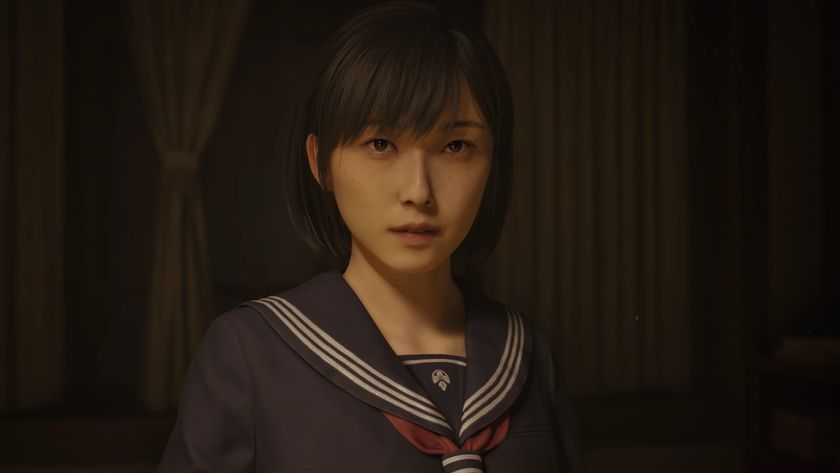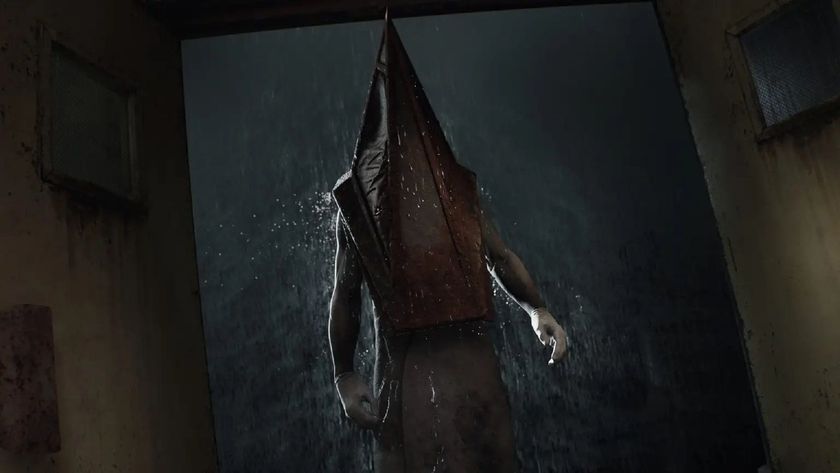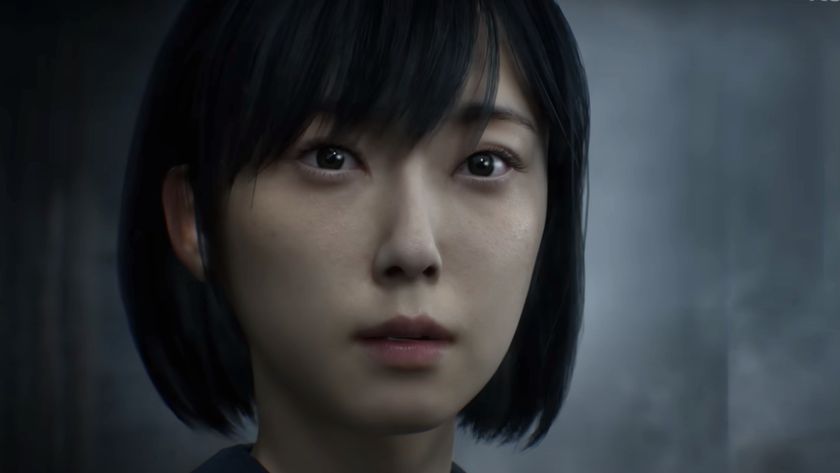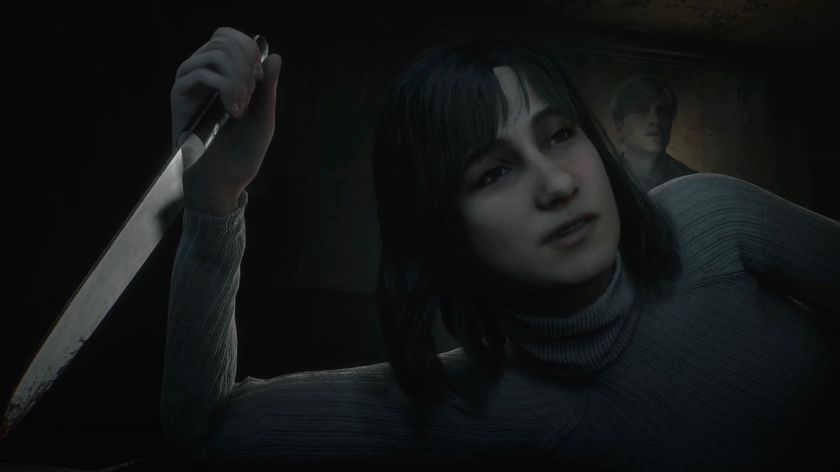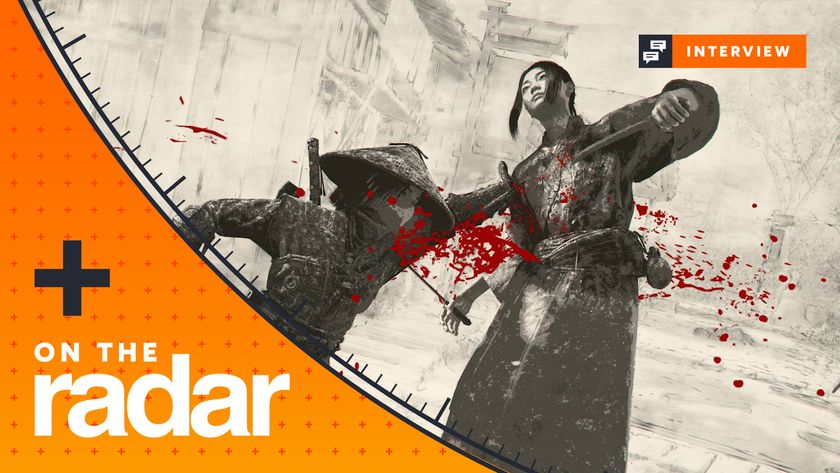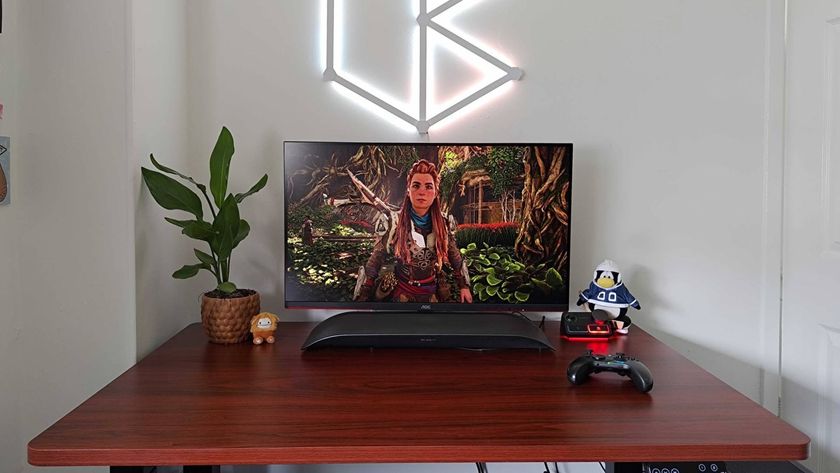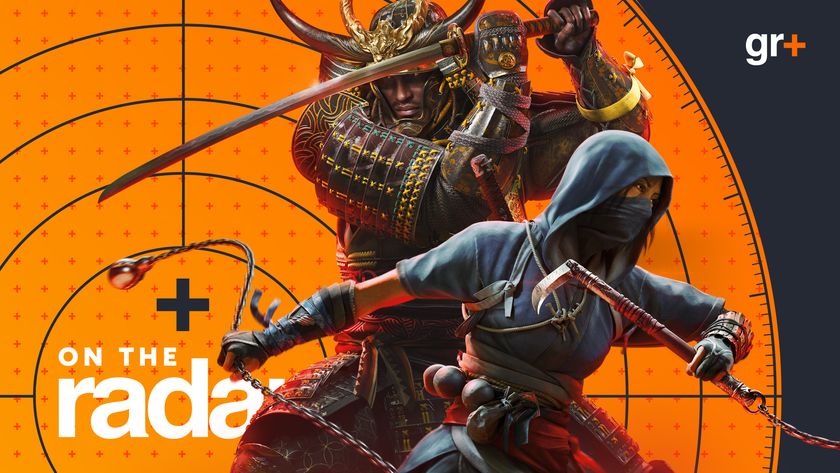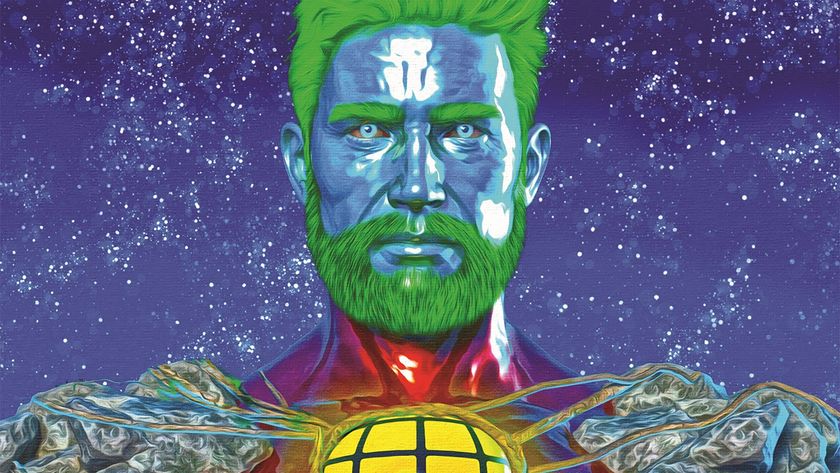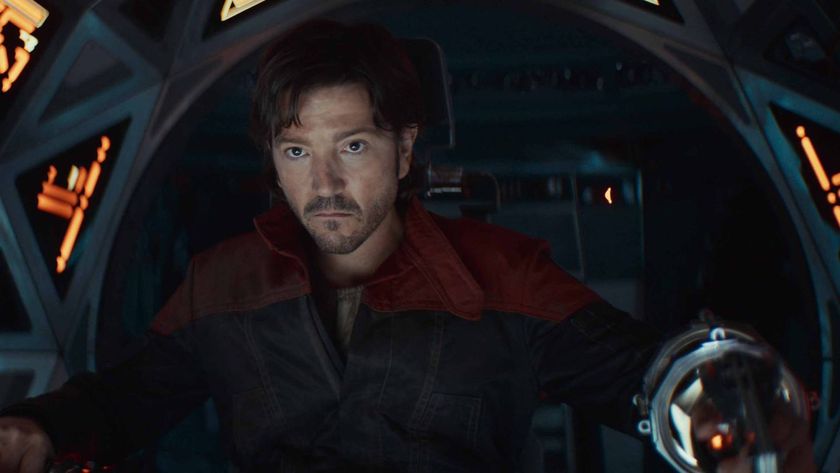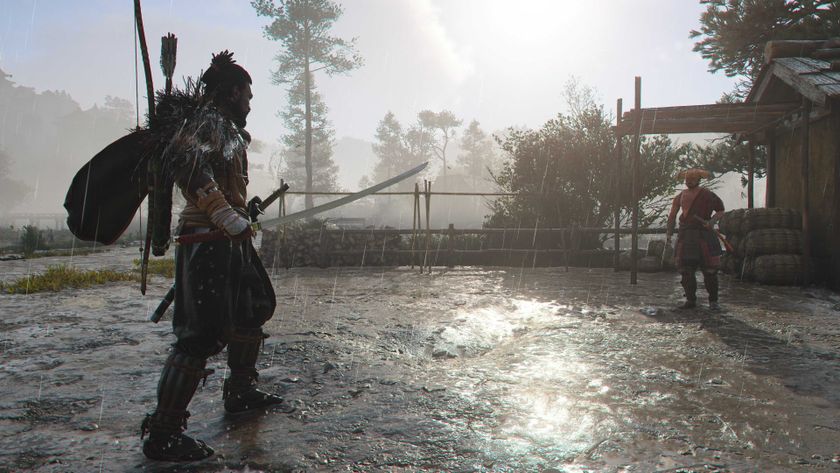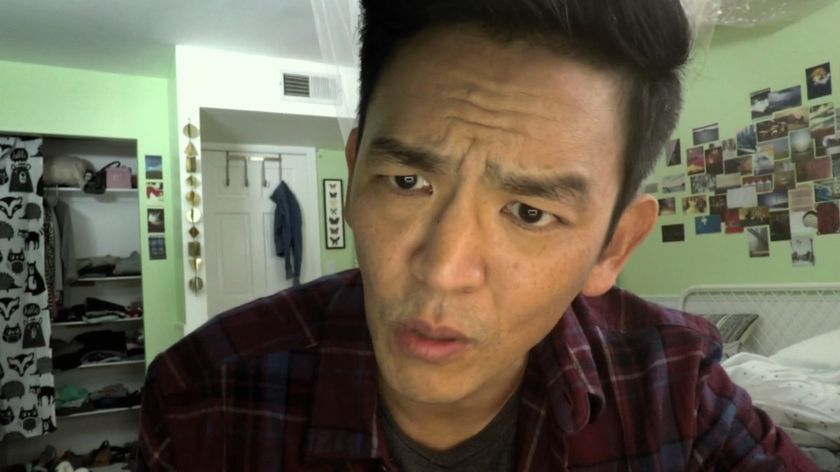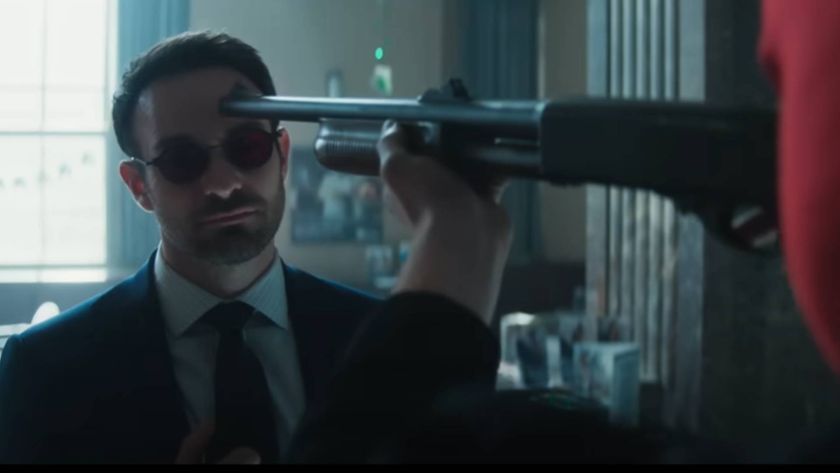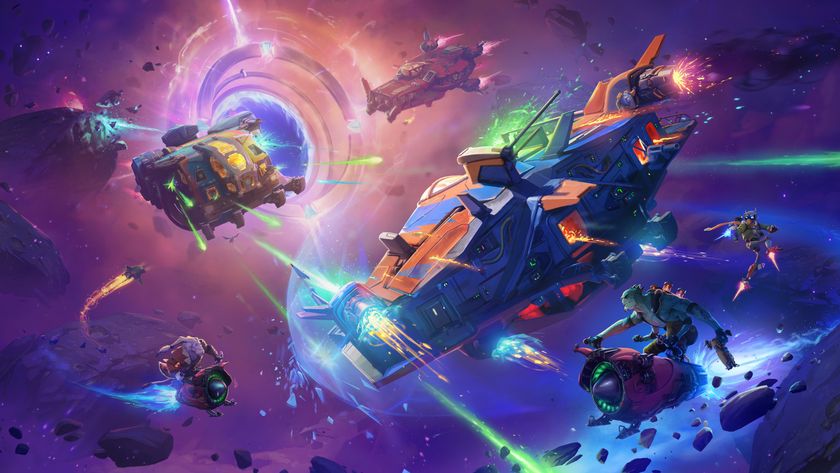The making of... Silent Hill: Shattered Memories
F aceless zombies. Nightmarish chases. Nerve-jangling bursts of static. Silent Hill: Shattered Memories made no bones about wanting to terrify you. But the most shocking thing about it wasn’t its monsters. It was the choice of lead platform. Released in December 2009 on Nintendo Wii, Shattered Memories was a bold – some might say foolhardy – attempt to take Silent Hill to a brand-new demographic: casual players. “We thought, this is a chance for us to engage with what is potentially quite a large audience,” remembers Sam Barlow, lead designer at Climax Studios. “The pitch from us was always, ‘How many people own a Wii? How many of those people have enjoyed watching a horror movie or psychological thriller?’ We thought there were quite a lot of people we could sell this game to.”
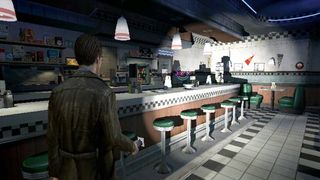
To understand the origin of Shattered Memories, you have to go right back to Silent Hill: Origins on PSP in 2007. It was the game that convinced Konami that the Portsmouth-based studio represented a safe pair of hands. It also gave Sam Barlow and his team a chance to save the day. Initially, Origins was being developed at Climax LA in Santa Monica, but it was a troubled project. After problems with the engine and a confused high-level vision for the game, Barlow’s UK team were drafted in to pick up the pieces.
“It was bizarre,” says the designer of the game they inherited. “It was supposed to be a dark comedy and, at some point, someone said Scrubs was [the inspiration]! We pushed back and said, ‘Look, if this goes out, it will be a disaster. There’s a hardcore fanbase [of Silent Hill players].’ Konami said, ‘You can change everything, but you’ve got to do it in the same time and budget.’”
With the clock ticking, Barlow rewrote the script, redesigned the levels and remade the creatures in just a week. When it shipped in November 2007, Silent Hill: Origins won Climax a substantial dose of publisher goodwill. Although no one knew it at the time, the Japanese-originated, American-set Silent Hill franchise had just found a new home in the UK.
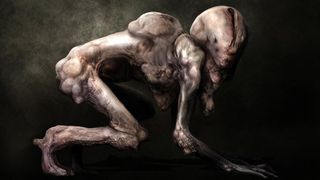
The project that became Silent Hill: Shattered Memories didn’t start off on Wii. In fact, it didn’t even start life as Shattered Memories. Instead, it evolved through several pitches under the watchful eye of a producer who wanted to revive the flagging survival horror series’s fortunes. Along the way it lost several key Silent Hill touchstones (including the combat and the doomsday cult mythology) and gained a new gameplay element – a data-driven, under-the-hood system that psychologically profiled players as they played. “The project that ended up on the shelves would never have been signed off by anyone up front,” Barlow says of the total overhaul of the classic Silent Hill formula. “It wasn’t like right back at the start we just pitched what became the game and everyone came on board. It very much just kind of meandered.”
After Silent Hill: Origins’ release in 2007, Konami wanted to follow it up with another PSP title. However, Silent Hill’s US producer, William Oertel, was pushing his own, rather unlikely, pet project. He was eager to make a Wii-based firstperson shooter, and invited Climax to pitch for it. The pitch became Brahms PD, a spinoff from the main franchise that cast players as an amnesiac police detective on the Brahms force looking for their missing partner.
Billed as “the world’s first truly interactive psychological horror,” Brahms PD planned to use in-game sessions with a police psychiatrist to analyse the player. Based on your responses, it would analyse your personality type and change the game’s content accordingly – creating a wraparound nightmare tailored for each player. Inspired by his involvement in the interactive fiction community in the late 1990s, Barlow wanted the game to respond to players, not just to the choices they made but also to how they played the game.
Sign up to the 12DOVE Newsletter
Weekly digests, tales from the communities you love, and more
When Brahms PD failed to find traction with Konami’s higher-ups, Climax decided to put together another pitch for an original Wii outing that it named Silent Hill: Cold Heart. Swapping out the series’ traditional foggy setting for a frozen world of snow and ice, Cold Heart’s story was based on a psychologically traumatised university student named Jessica as she explored the eerie town of Silent Hill.
Constructed with melee combat and puzzles, it featured dynamic sub-zero environments which required the player to scavenge food and clothing to keep their body temperature up. It also had a psychological profiling system similar to the one mooted in Brahms PD – a persistent feature in all of Climax’s Silent Hill pitches. “With Cold Heart, the main thing in people’s heads was, ‘Wii’s going to be really big; if we get a Silent Hill game on Wii, that’s awesome,’” Barlow explains.
Although the producers were keen to get the project moving, it was obvious that getting such a radical overhaul made would involve cutting through a lot of corporate red tape. But, on a global database at Konami HQ, someone spotted a free pass. “At some point before Origins they’d greenlit the idea of a Silent Hill remake,” Barlow explains. “The logic was, ‘Hey, if we say this [Wii project] is a Silent Hill remake, it has already been greenlit and we can start working on this project right away.” The seventh game in the Silent Hill franchise was suddenly a go.
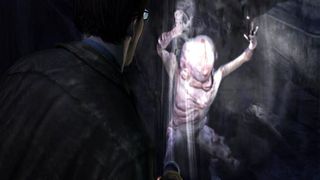
The resurgence of the Silent Hill franchise in the late 2000s was largely thanks to the box-office success of Christophe Gans’ multiplex-friendly spinoff movie. As responsibility for the franchise’s evolution passed from east to west, the Silent Hill movie’s reception convinced Konami US that there was a new casual audience for the series. “Anecdotally, the Silent Hill games touched on some of the broader demographics; they had these realistic, emotionally resonant stories, they had strong female characters,” Barlow says. “There were a lot more people outside the more traditional demographics playing these story-driven games. For us, this was a real chance to engage with potentially quite a large audience.”
As the concept evolved, Silent Hill: Cold Heart gave way to Shattered Memories. It took the core story of the original Silent Hill – Harry Mason searching a supernatural town for his missing daughter – and gave it a postmodern twist. It also made use of the Wii Remote as both crowbar and torch, and featured the same psychological profiling system that Barlow had been pushing since Brahms PD was first mooted.
Shattered Memories adapted a series of real-life profiling tests – including the Myers-Briggs psychometric questionnaire – and let its story evolve based on the player’s unconscious actions, as well as their conscious ones. It would change visual details, dialogue, character actions and the game’s ending in response to the player. “The driving thing was exploring different ways of using interactivity,” Barlow says. “There’s so much data that games take on board about their player – we know where you are, what you’re looking at, how long you spend looking at things, what you’re doing – but 99 per cent of games don’t use any of that.”
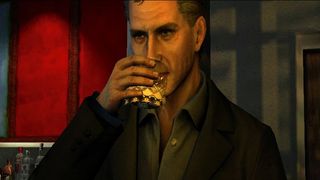
By tracking the Wii Remote flashlight as it moved around the screen, Shattered Memories’ engine crunched data about what the player was looking at. Linger too long on a poster of a flimsily attired woman and the game would track that and add it to the dataset it was building up about your personality type. “Because the pointer interface was so responsive and fast, it meant you could walk into a room and just flick your eyes around and look over things. We had lovely detailed information on how the player was looking at things and how they were moving through the world.” As the opening screen warned – or perhaps threatened – “This game plays you as much as you play it.”
With its postmodern storyline, its innovative use of Wii Remote and its psychological profiling, Silent Hill: Shattered Memories was shaping up to be a daring reimagining of the Silent Hill IP. It was so ambitious that there were concerns throughout development that Konami might be frightened into canning it. “Leading into our vertical slice, we were still referred to as the remake of Silent Hill 1 on Wii,” Barlow remembers. “We were given the guidance that there shouldn’t be anything in the vertical slice that would cause people to question that this wasn’t a straight remake [...] It was less than all-out deception; it was just making sure we showed things that wouldn’t scare people away.”
Barlow had one final innovation he wanted to push through: no combat. The original Silent Hill games featured clunky, close-quarter battles – and even Silent Hill: Origins had a sequence where the player got to mow down zombies with a machine gun. But since Shattered Memories was looking towards a broader audience on Wii, combat increasingly became a sticking point.
When William Oertel left the project, Barlow used the hiatus between producers to turn melee into pure evasion. “We knew we were changing producers and there was confusion at Konami, so we quickly lopped the design into the shape we wanted.” As a result, the ‘Nightmare’ sequences – in which the world freezes and monsters attack – were now all about running and hiding.
At a time when survival horror was defined by the hardcore action of Resident Evil 4, the idea of a defenceless protagonist was daring. But Barlow was convinced it was essential to winning over Wii’s non-core audience. “Combat didn’t fit the idea of selling a horror game to a broad demographic. For example, the point where my girlfriend would stop playing games was when she was asked to pick up a weapon and start fighting. It would conform to her idea of what a videogame was and she would become very, very bored.”
Losing combat was controversial. Released before the avoidance-based gameplay of Amnesia: Dark Descent or Alien: Isolation, Shattered Memories’ ‘flight not fight’ approach was an anomaly. “Of all the pressures internally, in the publisher reviews the question would always be, ‘Are you trying to make a game where you just walk around and nothing happens?’ I was like, ‘No, but that’s a valid experience…’”
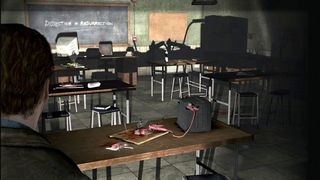
Silent Hill: Shattered Memories was originally slated for release on Wii, PSP and PlayStation 2. During development, with money being tight, Konami agreed to ditch the PS2 version, but it was resurrected after it became clear that the projected audience for this type of game on Wii simply wasn’t enough to drive sales. “Towards the end of development, just as were coming up to the end of production [in late 2009], it was decided Wii was not doing great. In order to make this project make [financial] sense, we needed a PS2 SKU, because in South America the PS2 was still huge and there was an audience for this kind of game out there and in a couple of other territories.” Ultimately the PS2 version helped the game more or less break even; one estimate puts total units sold across all platforms at 440,000. However, it lacked the innovative motion-control features that made the Wii iteration so exciting. For a dev team that had tried so hard to innovate, it was a compromised version of their vision.
“It was a catch-22,” Barlow says. “Its problems, commercially, were that it was a Silent Hill game and it was on Wii. But if it hadn’t been a Silent Hill game and if it hadn’t been on Wii, it would never have existed the way it existed.” An exciting new platform and a franchise known for its rich narratives opened up possibilities that normally wouldn’t have been an option. “You can probably count on one hand the number of IPs where a publisher would let you say, ‘We want to tell a deep, meaningful, moving story.’”
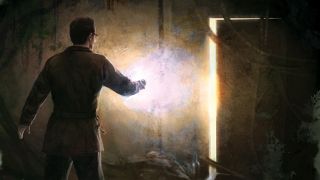
The publishers’ other strategy didn’t help matters much. “In the end, Konami marketed it as a core gamer title,” Barlow says. It was exactly the opposite of what his team had been working towards. “It was very frustrating for us that we ended up with the same Metacritic on Shattered Memories as on Origins,” he continues. “Generally the negativity came from people who were opposed to playing a core game on Wii anyway. [It was] something that could have been negated by selling the game [differently].”
After Shattered Memories shipped, Barlow and his team moved onto Legacy Of Kain: Dead Sun, a PS4 launch title for Square Enix. “We took a lot of things we’d learned from Shattered Memories and were doing them on a much bigger scale, although more subtly,” Barlow says. Progressive and ambitious, the game was canned after the team had spent three years on it.
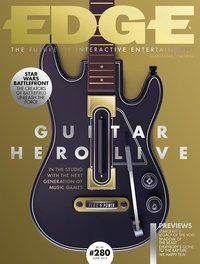
Barlow remains convinced that Shattered Memories’ attempt to grow a narrative and experience around individual players still offers exciting possibilities. “There’s an appetite for doing interesting story things and there’s a certain type of story-driven game indies can’t make: the kind with high production values and expensive mo-cap. Over the last year, publishers are suddenly much more interested in talking…”
Read more from Edge here. Or take advantage of our subscription offers for print and digital editions.
Edge magazine was launched in 1993 with a mission to dig deep into the inner workings of the international videogame industry, quickly building a reputation for next-level analysis, features, interviews and reviews that holds fast nearly 30 years on.
